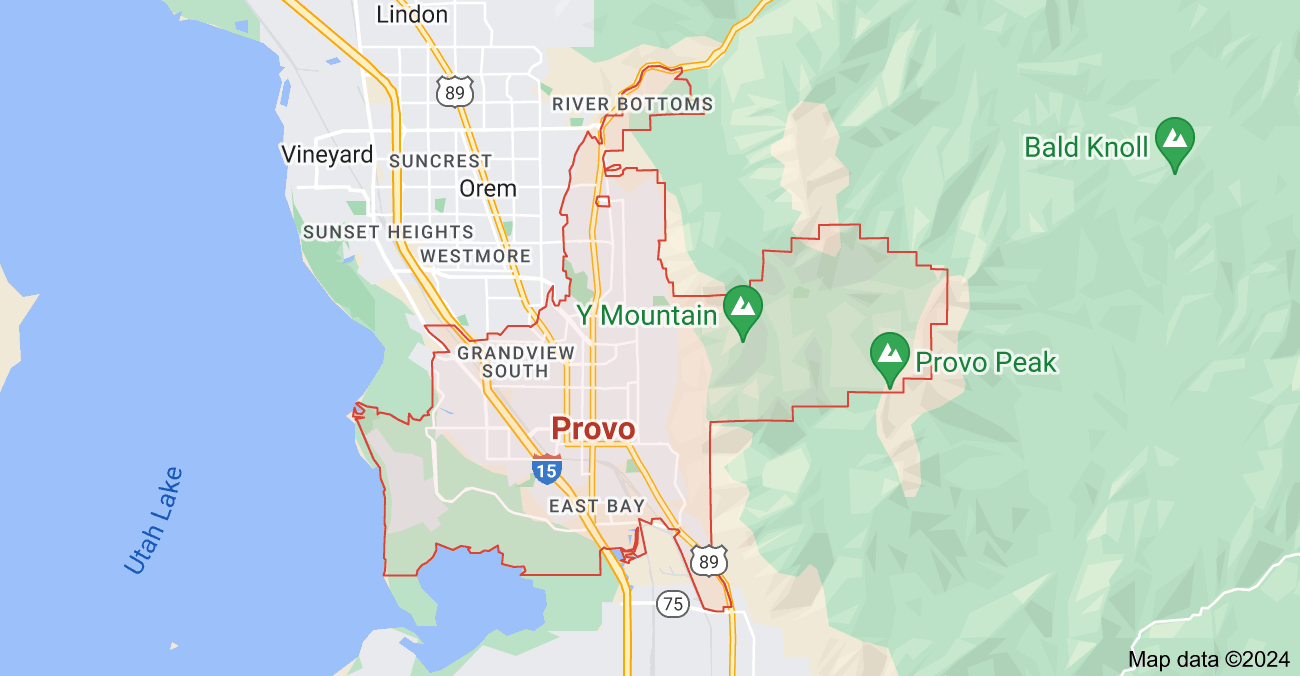Snapps courses are now available
How to get web design clients:
- Choose a specific niche
- Build a website portfolio
- Stay up-to-date with web design trends
- Build your business network
- Maximize your tools
- Consider cold outreach strategies
- Partner with an agency
- Set your prices right
- Productize your services
- Provide maintenance and support
- Pitch and close the deal
Not knowing the right way to attract your clients can be a major setback. You may have the skills to take on projects, but it’s not enough to get businesses to notice you. Your conversion funnels may be low at this stage because of the lack of lead magnets. If you don't have the right strategies, it will be difficult to get the attention of people who need web design help.
Web designers are in demand. Studies project a 23% growth in demand for web designers from 2021 to 2031. Because of this, there’s a whole lot of opportunities waiting for you. This article will cover techniques like building your online presence, utilizing tools, and nurturing your business relationships to seal the deal.
1. Choose a Specific Niche
Choosing the right niche attracts 40% more people. It is less competitive and it has a very specific audience. Focusing on a specific niche allows you to narrow your search and focus on a certain industry.
Give yourself a week to list down your top 10, then choose one specific niche. If you’re looking for high-ticket clients, stick with real estate. Choose something you are passionate about and that would give you financial strength.
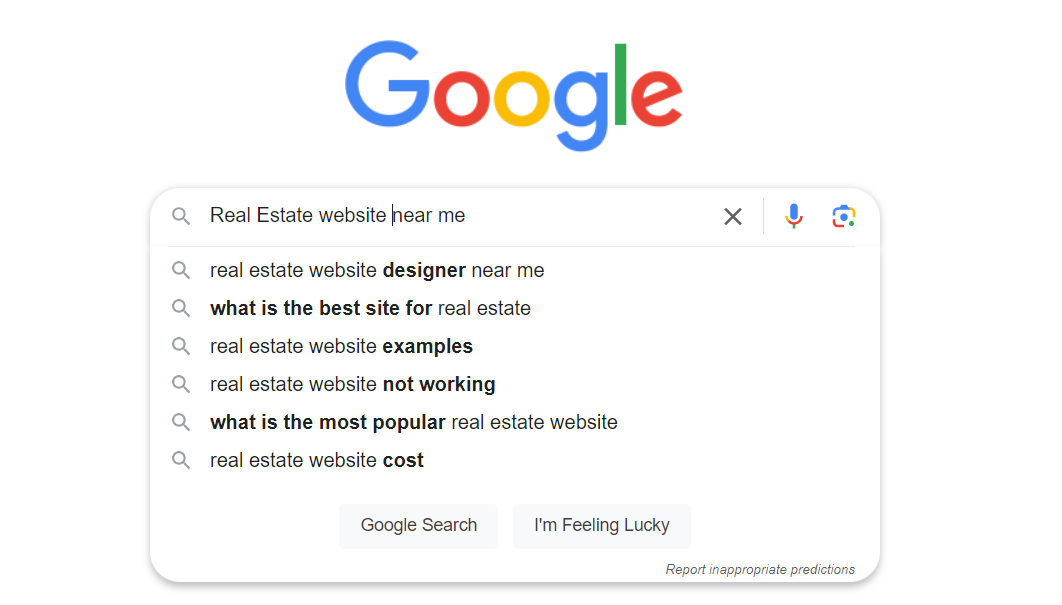
If you plan to change a niche after reading this, that would be fine. Choose a niche you care about or choose a niche that you resonate with. You can start with Local SEO. What are the services in your area? Focus on that service, make it your niche, and then target a local business.
2. Build a Website Portfolio
The first step to getting web design clients is building your portfolio. Snapps.ai is good at building a professional website in a few minutes. All you have to do is create an account and choose ready-made templates.
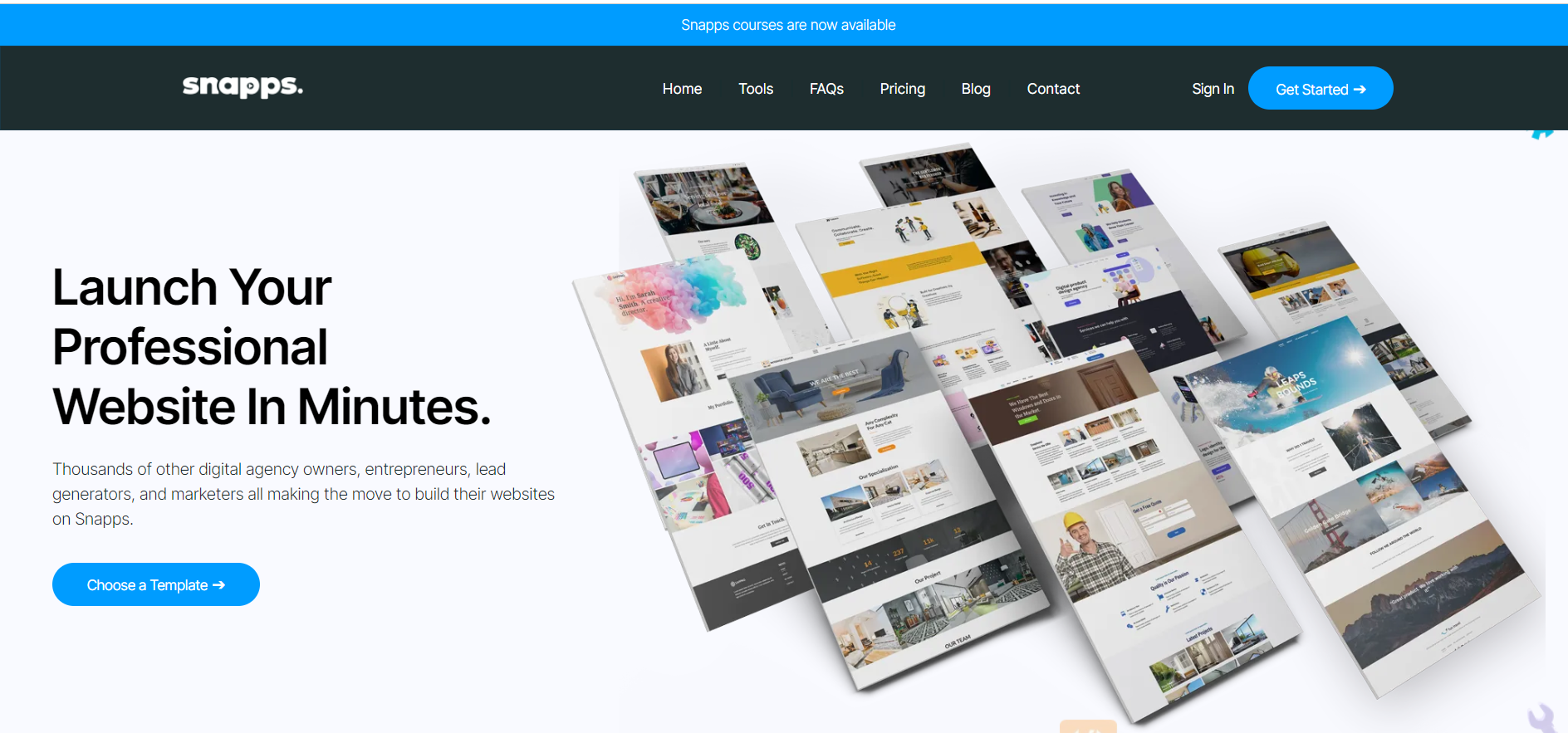
Invest in professional branding, such as your logos, website designs, and marketing materials. You can attract 84% of potential customers when you stand out. If it’s your first time to get a web design client, start with:
- Defining your target audience: Address the needs and pain points of your audience.
- Create valuable content as lead magnets (E-books, templates, or webinars)
- Create an attractive layout (Contact form, schedule a consultation, or request a quote)
- Use A/B testing: Optimize your sales funnel and landing page.

94% always look at how your website looks before contacting you. You can start by creating a Home page mockup to show your clients. Focus on the headline, CTA buttons, and form fields. Experiment and look at what you think resonates with your audience. You can also analyze the click-through rate to improve your landing page.
3. Stay Up-to-date with Web Design Trends
Web design trends can change in a blink of an eye. At one point, you’ve gotten used to real-world textures, shadows, and visual elements. Now, design aesthetics are more minimal, simple, and personalized. Staying up-to-date allows you to be at the top of the competition and attract clients.
Feed yourself information through blogs, newsfeeds, and conferences. You can give a good first impression on your website between you and your customer. 94% look at this to see if you’re professional, credible, and trustworthy. It gives a huge feedback on what working with you is like. As long as you keep up with the trends, you can provide seamless services to a potential customer.

4. Build Your Business Network
One way to build your network is through LinkedIn, Facebook, and X (Twitter) communities. Whenever there are web design-related questions, take part and help people. Who knows? You might find a new web design client on social media.
The power of online communities is life-changing. First, you share the same world (web design), and you can have similar goals and motivations, too. When you join communities, you interact with people who think alike. More importantly, business owners and agencies you can partner with. Show them you are an expert in your field.
Another special tip: go local first. 60% of locals will always prefer web design businesses near them. You can build trust and credibility by targeting your local clients.
Another way to build your relationship is through your Client Database. It includes the contact number, preferences, leads, follow-ups, and project deadlines.
5. Maximize Your Tools to Reach Out
Start maximizing your web design tools with Google Adwords. Google Adwords is the most effective way to secure leads. The first step that clients look for web designers is to search on Google. Google Ads can bring 65% of immediate results.
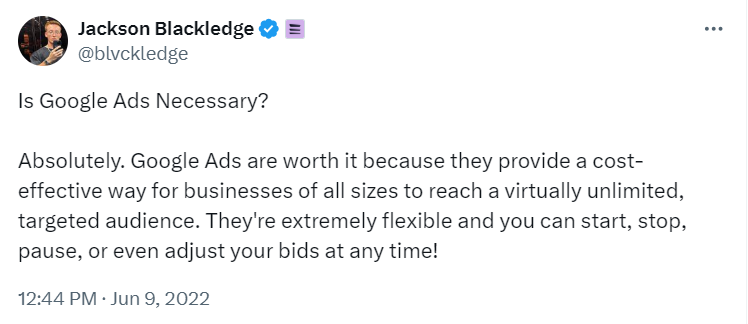
Aside from Google Ads, try Google Search and Google Maps. Head over to Google and search for “web design clients in [your] city” or narrow it down to “web design clients near me.” Check the websites that need redesigning, bad SEO, no clear CTAs, and long loading times. Once you’ve found the clients, you can start reaching out.
Another tool to optimize is Search Engine Optimization (SEO). It drives 1,000% more traffic than paid ads. You need certain SEO applications to get your website to the top. One SEO strategy includes creating website copies. Write about the questions and concerns your clients may actually have. You can write solutions for latest website design, loading pages, or mobile optimization. Write text from their actual point of view and then provide your services at the end. Focus on how you can help them instead of focusing on you.
6. Consider Cold Outreach Strategies
We'd like to highlight two cold outreach strategies: cold emailing and cold calling. The first rule when considering these strategies is not to be aggressive. Do not just bombard people with your services.
Start your cold email by avoiding spam trigger words like "free" or "urgent" in your subject lines. We suggest personalizing your emails instead of using generic templates. There’s a 41% click-through rate when you show genuine interest in solving their problems. As you send your message, give them a clear button to ‘unsubscribe’ from your emails. It’s required by the law but also builds your reputation.
As for cold calling, you can send a direct message through your client database. Message them and ask about the best time to call them. Emphasize your previous projects, the results, and the total project time you have had. If you don’t have experience, you can start showing the portfolio you created through our second step.
Don't stop at three calls if you want a good outcome through your calls. Most likely, close rates increase by 70% when you call five times. Be sure to close that deal late in the morning and late afternoon. Studies say it’s best between 10 AM to 11 AM and 4 PM to 5 PM.
7. Partner With An Agency
A bonus tip to find web design clients is partnering with a web design agency. As a website designer, this is one of the best ways to learn and get paid. Agencies often look for talent to help them. Prospective clients are waiting for your services as soon as you partner with an agency. All you have to do is show them your skills in the field and what you can do for them through your portfolio.
Fiverr, Indeed Jobs, LinkedIn, and Upwork can help you find agencies. There are about 58 million and counting job boards and by 2027, it may become a major workforce. It may not be as competitive, but it’s growing fast. Start by creating a profile to reach out to freelance website designing firms.
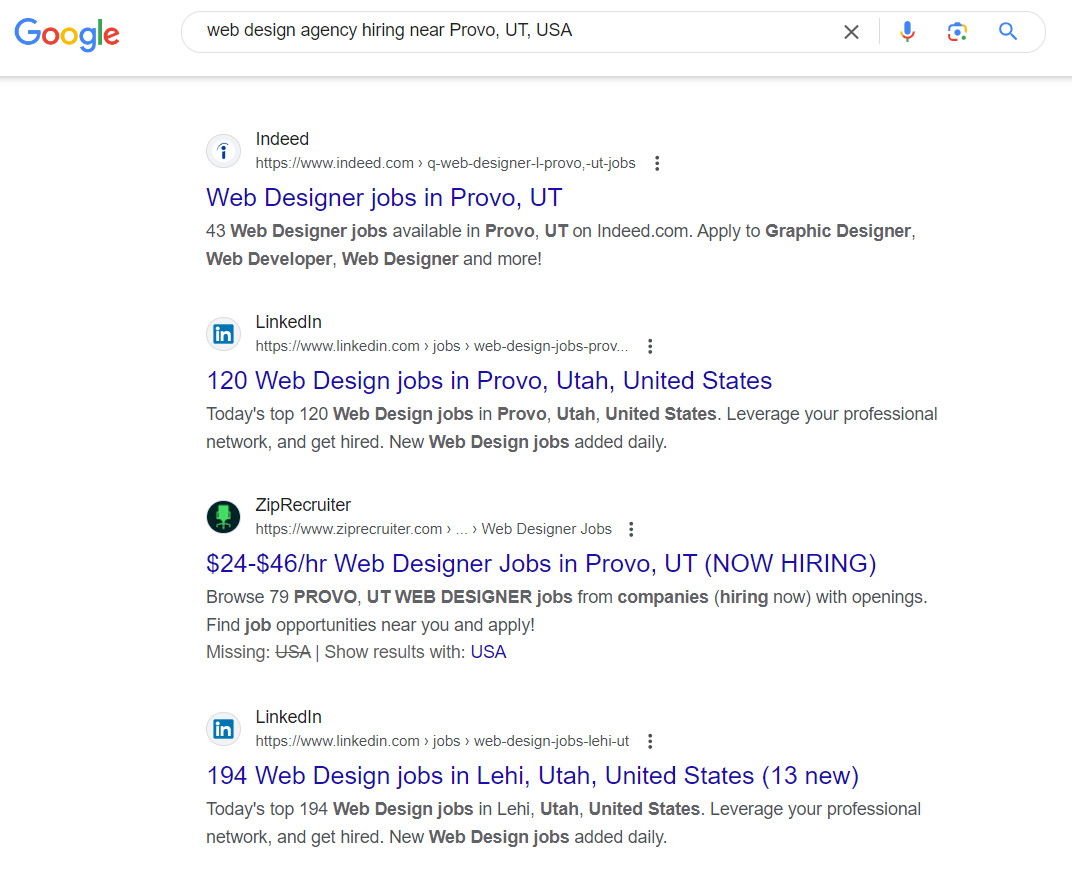
8. Set Your Prices Right
Eight in 10 people have negative experiences with customer service. An unfair price and fees are factors that cause this experience. Setting your prices means proper compensation for your services and your client's budget.
Consider your skills, experience, location, and the value you provide. As a web designer, find the amount that attracts customers and your expenses. As for the right amount to charge for web design, you can charge between $75 to $150 per hour.

Be transparent and fair with your pricing. Give clear information on your price; let the results satisfy your future clients. Transparent and fair pricing builds trust with clients and sets client expectations. Communicate your value and the services you provide to address their concerns. Here’s how to calculate your costs:
- Gather your overhead expenses (Software subscriptions, marketing costs, and desired salary)
- Research the market (Competitors’ pricing, same-niche web designers, and same-location web designers)
- Consider what your client needs (Budget and adjustments)
9. Productize Your Services
Provide discounts or a free trial month to attract your target client. If you’re starting with your locals first, go to their websites and see if they need redesigning. If you do a great job, get their testimonials and ask them for referrals. There’s a huge 92% chance that people will trust you because of this.
Offering occasional discounts or promotions can attract a new client. It can also keep the ones you have. You can offer them one-page simple mockups as a proposal at the right price. Give a visual representation of their website if they choose to work with you. Prepare beforehand to increase their interest in your services.
10. Provide Maintenance and Support
Provide clients ongoing maintenance and support for their website. Tasks to cater to your customer's needs include:
- Updating content
- Fixing bugs
- Providing technical support
Consider a small business owner who recently launched a website for their shop. They need to update their website regularly and that’s where you come in. If there’s outdated content, you can help them update it. If there’s a sudden slowdown in loading times, you can help detect the issue. Emphasize the importance of 88% of visitors not coming back if they won’t maintain their website. You can also have a good source of income while building your relationship with them.
Your maintenance and support services are separate packages or add-ons. You can give it to them for a minimal amount if they avail your whole package services.
11. Pitch and Close the Deal
The right time to do your pitch is after showing them your ideas and strategies at the meeting. Never give your pricing when you productize your services.
Pitching through phone calls or emails allows them to say, “I’ll think about it” or “I’ll message you back." Sadly, they don’t. To pitch that deal in your meeting, ask them about their expectations and goals and give your price.
Start the meeting by asking your clients about their goals, what they expect, and what they need help with. Take some notes so you can address what you do and how you can help them. After showcasing your ideas, allow them to understand the value you bring. Let them ask questions before discussing pricing.
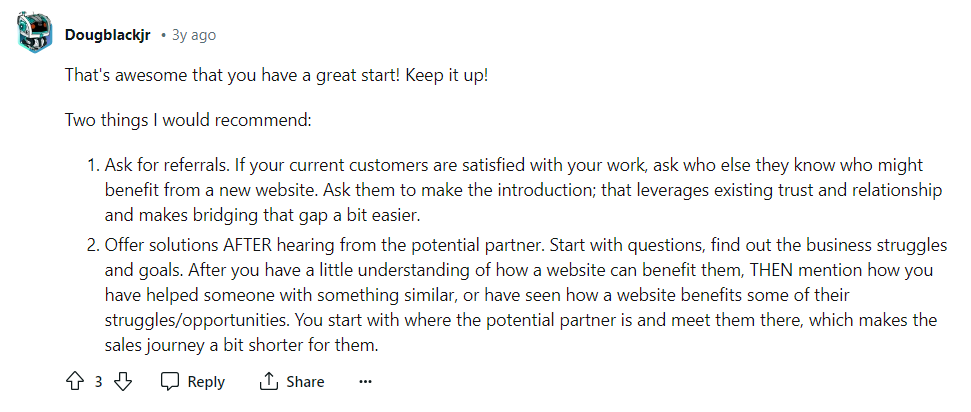
Be prepared for objections to your pricing and other concerns. Address them by giving solutions, meet them in the middle, and clear their doubts.
Once you close the deal, prepare the documents. Offer the discounts, maintenance services, and other extra features that you prepared. Try to increase your chances of closing deals.

7 Common Mistakes to Avoid in Getting Web Design Clients
Selling your services to your target audience can be a challenge, especially if you’re new to it. If you have failed many interviews, you must have done these mistakes:
- You have paid little attention and barely listened to them.
- You take on projects you can’t handle.
- You use web design jargons that are hard for them to understand (Ux, Javascript, HTML, and more).
- You overload them with over 10 features of your services.
- You don’t sound genuine to help them when pitching your services.
- Your website or mockup pages don’t look good enough.
- Your website builder makes your pages slow to load.
If you see one you’ve made to past clients, get to work fixing them now. We suggest fixing your communication skills first to understand your clients more. Take considerable time and effort before wanting to get your clients’ websites made.
How to Get High-Paying Clients?
To attract big-buck clients, provide more solutions to needs and less on services. Show that you understand their everyday challenges and can provide solutions. You are not just service providers, but problem solvers. The key to secure a high paying clients is to:
- Aim for those with larger budget and revenue streams (Around a million dollars yearly).
- Use business databases from local libraries to identify potential high-paying clients.
- Focus more on addressing specific business needs than plain web development.
- Look for companies with outdated online platforms or lacking in digital processes
- Create a proposal with solutions to existing challenges and enhance operational efficiency.
- Tell them the benefits of how you can save money, time, labor, or revenue to negotiate higher fees.
To attract high-paying clients, provide value. Go to businesses that will spend money to make their operations better. Show them exactly how it’s done and the results they can expect. You can increase your reputation, be in demand, and charge higher fees.
Closing the Deal: Proven Strategies to Help Web Designers Attract and Convert Clients
Securing web design clients requires good strategies to know who to approach. You can customize your pitches and marketing to seal the deal. Knowing how to get clients lets you focus on your relationships and design solutions.
With these advantages, the time to optimize Snapps AI in your strategies is now. Snapps.ai allows you to streamline your processes and unlock high-paying opportunities. With the help of our team, you can rise above your competitors.
Sign up for Snapps.ai now and start creating beautiful websites. Impress your ideal client and stand out in the crowded web design market.
Recent Articles



Ready? Try it for Free
Sign up now and build your pages the way you envisioned. No credit cards required.
Our Support Heroes Are Here For You
Don’t waste time on tedious manual tasks. Let Automation do it for you. Simplify workflows, reduce errors, and save time for solving more important problems.


